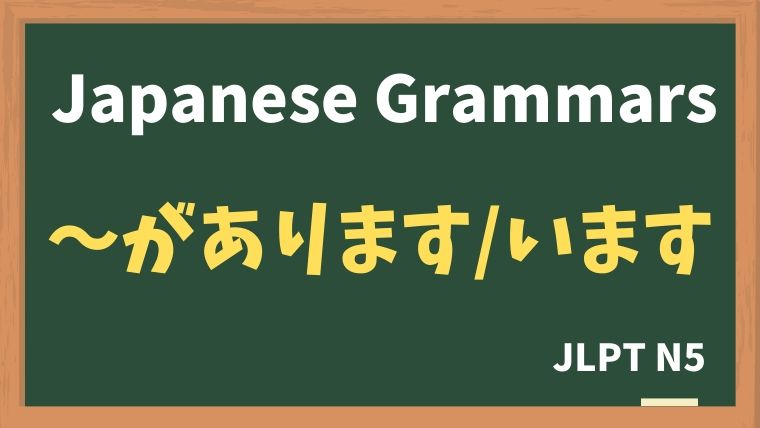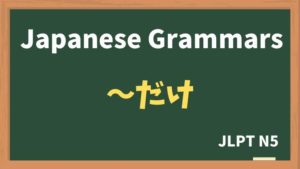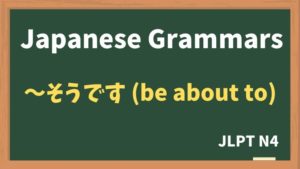
Explanation:〜があります / 〜がいます
fa-check-circleMeaning
"there is"
Used to indicate the existence or presence of something or someone. The key difference between them is that "あります" is used for inanimate objects, abstract things, and concepts, while "います" is used for living beings, especially people and animals.
fa-check-circleForm
(Place)に + (things)があります。
(Place)に + (person / animal)がいます。
fa-check-circlePoints
- あります(Arimasu): Used for things that can move by itself.
- います(Imasu) : Used for people and animals that can move by itself. That’s why “あります” is used for “plants”.
fa-check-circleJLPT Level
N5
Sample sentenes
あ、あそこに ユニクロが あります。
Oh, there is a UNIQLO over there.
車の 下に 猫が います。
There is a cat under the car.
この 教室に 韓国人の 学生が 5人います。
There are five Korean students in this class.
箱の 中に かわいい 犬が います。
There is a cute dog inside the box.
今 カバンの 中には 財布と 携帯電話と ノートが あります。
There is a notebook, a cell phone and a wallet in my bag now.
Vocabulary
| Japanese | English | |
| ユニクロ | UNIQLO | |
| ねこ | cat | |
| きょうしつ | classroom | |
| かんこくじん | Korean | |
| はこ | box | |
| なか | inside | |
| いぬ | dog | |
| さいふ | wallet | |
| けいたいでんわ | cell phone | |
| ノート | notebook | |






